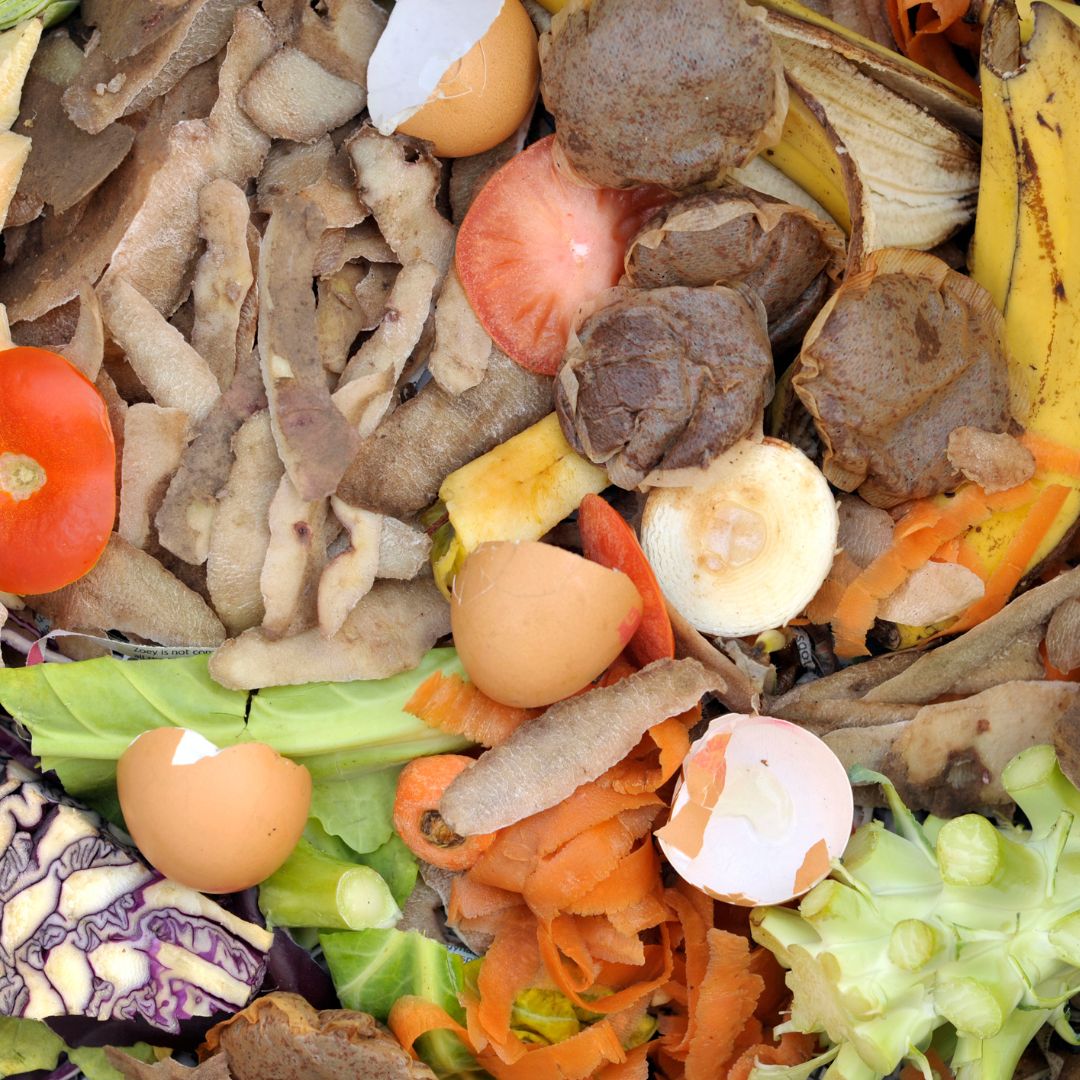Food Waste Prevention
“In the United States, about half of all food produced is wasted. That’s enough food to feed another entire US American population! Although much of this waste happens in the hands of the food industry and farms, there’s a lot of waste on our hands too.
About one-third of all food waste happens in our own homes. We can all do something about that!
Many people think that food is unsafe to eat after the date on the package, but that’s rarely the case. “Suggested sell-by” date is just a suggestion, and “best-by” is not bad. Let’s use our senses with our food rather than just reading the numbers.
Many companies toss out perfectly edible produce simply because it doesn’t fit their cosmetic standards. Together, we can ask for “ugly produce” that’s still perfectly good- just a bit of a different color, shape, or size than many of us are used to.
If food does go to waste, we can compost it. A huge portion of our landfills are filled with food that can not properly biodegrade in landfills and instead emits methane gas*, which is 25 times more potent a greenhouse gas than carbon dioxide.
And, of course, we can opt out of the global, industrial food system by growing our own food and foraging, too!” – via Robin Greenfield at RobinGreenfield.org
(*Keep in mind methane is more than 80 times the warming power of carbon dioxide over the first 20 years after it reaches the atmosphere – Environmental Defense Fund)
Here are some helpful resources for reducing food waste:
EAT OR TOSS: An excellent resource you should have at your fingertips (or bookmarked).
TOP QUESTIONS ON REDUCING FOOD WASTE AT HOME: A great article with tips on reducing food waste.
THE EXTRAORDINARY LIFE AND TIMES OF STRAWBERRY: A cool, fast-paced video on the life and death of…a strawberry!

